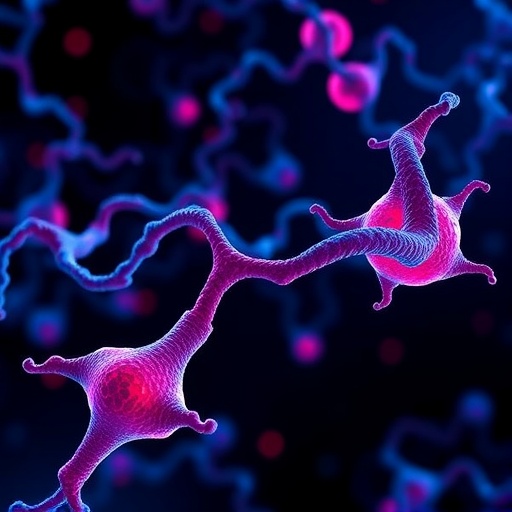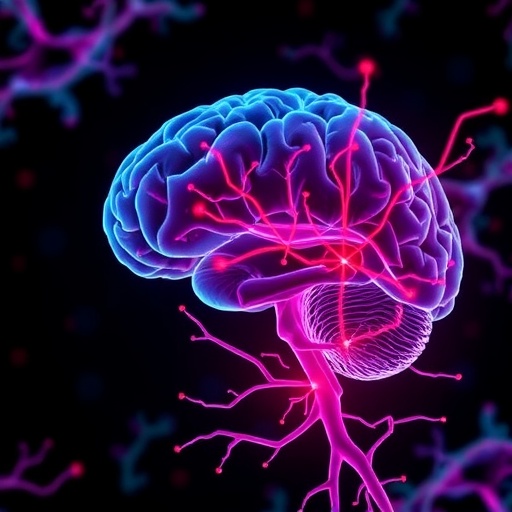The particles, discovered in mice, may activate immune function and could play a role in preventing metabolic disorders
NEW YORK, NY (Feb 28, 2019)–Researchers have discovered that fat tissue releases a lipid-filled particle that has a role in immune function and metabolism. The study, in mice, was published online in the journal Science.
Why it matters
Obesity appears to activate the immune system, contributing to type 2 diabetes, nonalcoholic fatty liver disease, and other disorders. Understanding how fat tissue regulates immune response could lead to the development of new treatments and preventive strategies for metabolic disorders and other obesity-related diseases, according to study leader Anthony Ferrante Jr., MD, PhD, the Tilden-Weger-Bieler Professor of Preventative Medicine at Columbia University Vagelos College of Physicians and Surgeons.
Background
Specialized cells in fat tissue called adipocytes store excess calories as triglycerides, a type of lipid. Adipocytes break down triglycerides into smaller lipids called fatty acids, which are released into the bloodstream to meet the body’s energy needs.
In previous studies, Ferrante’s laboratory discovered that, in addition to adipocytes, fat tissue contains many immune cells, including large numbers of macrophages. In other tissues, macrophages engulf and destroy pathogens. “For a long time, we’ve been trying to figure out what these immune cells are doing in fat,” says Ferrante. Several years ago, his research team found that the macrophages found in fat take up and ‘digest’ large amounts of lipid. He and others had assumed that the lipid came from the breakdown products of triglycerides.
What the study found
In the current study, conducted in mice, the researchers discovered that adipocytes don’t just release the fatty acid components of triglycerides; they also release intact triglycerides that are packaged into small particles. These lipid-filled particles, called adipocyte exosomes (AdExos), are taken up by macrophages in fat. The macrophages rapidly break down the triglyceride in the AdExos and release it as fatty acids, which Ferrante hypothesizes can then be taken up by adipocytes in a lipid cycle that resupplies fat cells with fresh lipid. “There’s a similar mechanism in bone, where osteoclasts — another type of macrophage — break down bone into calcium and phosphate, which are used to make fresh bone. This cycle is critical for bone health. We now wonder whether a similar cycle occurs in fat to maintain its health,” Ferrante notes.
In addition, the researchers found that AdExos appear to control the development of immune cells. Scientists don’t have a clear idea about how macrophages develop tissue-specific functions. But Ferrante and his team found that the AdExos may play a central role in “educating” immune cells, inducing bone marrow cells to develop into macrophages that are instructed to digest and recycle lipids.
Intriguingly, the AdExo particles were also found in the blood, raising the possibility that they might have effects outside of fat tissue.
“Our next step is to investigate whether these lipid particles appear in humans and, if so, whether they contribute to lipids we measure in the circulation and in metabolic diseases,” Ferrante says.
###
The paper is titled, “A lipase-independent pathway of lipid release and immune modulation by adipocytes.” The other contributors are: Stephen E. Flaherty (CUIMC), Ambar Grijalva (CUIMC), Xiaoyuan Xu (CUIMC), Eleanore Ables (CUIMC), and Alireza Nomani (Rutgers University, Piscataway, NJ).
The study was funded by grants from the National Institutes of Health (R01DK066525, P30DK026687, P30DK063608, and T32DK007328) and the Russell Berrie Foundation.
The authors declare no financial or other conflicts of interest.
Columbia University Irving Medical Center provides international leadership in basic, preclinical, and clinical research; medical and health sciences education; and patient care. The medical center trains future leaders and includes the dedicated work of many physicians, scientists, public health professionals, dentists, and nurses at the Vagelos College of Physicians and Surgeons, the Mailman School of Public Health, the College of Dental Medicine, the School of Nursing, the biomedical departments of the Graduate School of Arts and Sciences, and allied research centers and institutions. Columbia University Irving Medical Center is home to the largest medical research enterprise in New York City and State and one of the largest faculty medical practices in the Northeast. For more information, visit cuimc.columbia.edu or columbiadoctors.org.
Media Contact
Helen Garey
[email protected]
http://dx.




